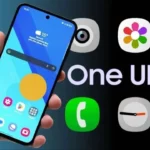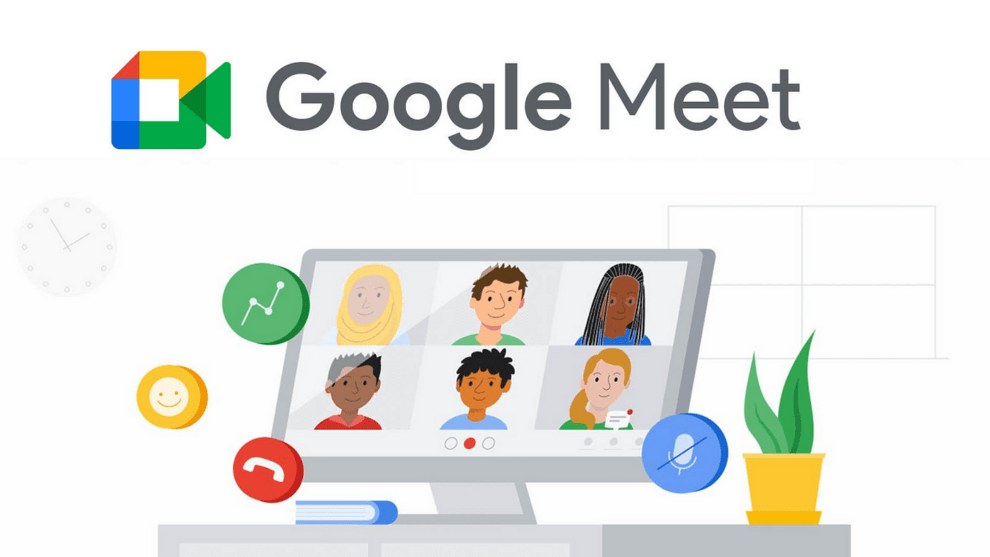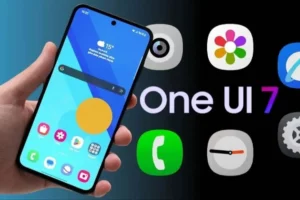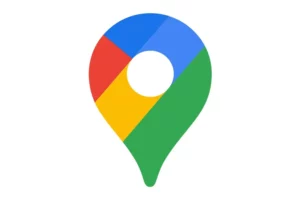Google Meet has long been a staple in the world of virtual communication, offering users an array of tools to enhance collaboration and accessibility. Now, the platform is taking another significant step forward by introducing a new feature that keeps a transcript of the last 30 minutes of a call visible during meetings. This update to its Live Captions and Live Translate functionalities promises to revolutionize how participants engage with conversations, ensuring no critical detail slips through the cracks.
For those unfamiliar, Live Captions and Live Translate are features designed to make Google Meet more inclusive and accessible. Live Captions automatically generates real-time subtitles for audio during calls, while Live Translate provides instant translations of spoken words into multiple languages. Together, these tools have already proven invaluable for remote workers, students, and individuals who rely on assistive technologies. The latest enhancement builds upon this foundation, addressing one of the most common pain points in virtual meetings: keeping track of important information amidst fast-paced discussions.
Why Persistent Transcripts Matter
The ability to review recent conversation history without leaving the meeting interface represents a major leap in usability. Previously, users had to rely on memory or manually take notes to capture key points from discussions. With persistent transcripts, however, all participants can easily refer back to what was said within the past half-hour, eliminating the need for constant note-taking and reducing cognitive load. This feature is particularly beneficial for large teams where multiple topics are discussed simultaneously or when decision-making requires revisiting earlier parts of the conversation.
Moreover, this development aligns perfectly with modern workplace trends emphasizing efficiency and inclusivity. As hybrid work models continue to gain traction, ensuring everyone has equal access to meeting content becomes increasingly important. By maintaining a visible record of recent dialogue, Google Meet helps level the playing field for attendees joining late, dealing with poor internet connections, or requiring additional time to process information.
How It Works
When enabled, the persistent transcript appears as a scrollable panel at the bottom of the screen, updating dynamically as speakers contribute to the discussion. Both Live Captions and Live Translate outputs are integrated seamlessly into this view, meaning translated text accompanies original captions whenever applicable. Users can toggle between different language options if needed, allowing multilingual teams to collaborate effortlessly regardless of linguistic barriers.
One notable advantage of this implementation is its unobtrusive design. Unlike some competing platforms that overlay captions directly onto video feeds, potentially obstructing views of participants, Google Meet places the transcript below the main window. This layout ensures clarity without compromising user experience, making it easier for attendees to focus on both visual cues and written records simultaneously.
Additionally, the 30-minute limit strikes a balance between providing sufficient context and avoiding overwhelming users with excessive information. For longer sessions spanning hours, this cap encourages periodic summaries or follow-up documentation—practices known to improve overall meeting effectiveness.
Benefits Across Industries
This new capability holds immense potential across various sectors, benefiting not only businesses but also educational institutions, healthcare providers, and nonprofit organizations. Consider the following scenarios:
- Corporate Settings : During brainstorming sessions or strategic planning meetings, managers can quickly verify agreements or revisit ideas without interrupting flow. Similarly, cross-functional teams working across regions benefit immensely from simultaneous translation alongside accurate transcription.
- Education : Teachers conducting online classes now possess a reliable tool for reinforcing lessons and clarifying doubts in real time. Students, especially those with hearing impairments or learning disabilities, gain greater independence through continuous access to lecture materials.
- Healthcare : Telemedicine consultations often involve complex medical terminology that patients might struggle to grasp immediately. A live transcript simplifies comprehension while empowering clinicians to ensure instructions are understood correctly.
- Nonprofits & Community Groups : Organizations serving diverse populations frequently encounter language barriers. Persistent transcripts combined with live translation enable smoother communication among stakeholders, fostering stronger relationships and trust.
Addressing Privacy Concerns
As with any technology involving data collection and processing, privacy remains a top concern for many users. To address these worries, Google has implemented robust safeguards around its transcription service. All data generated through Live Captions and Live Translate is encrypted end-to-end, ensuring confidentiality throughout transmission. Furthermore, transcripts remain local to individual devices unless explicitly shared by users, giving them full control over their information.
It’s worth noting that this feature does not automatically save permanent records of conversations; rather, it retains temporary snapshots for immediate reference purposes only. Those seeking long-term documentation must export transcripts manually via available integrations with Google Workspace apps such as Docs or Sheets.
While this advancement marks a significant milestone for Google Meet, it’s merely the beginning of what could become an even richer suite of collaborative tools. Future iterations may include expanded customization options, enhanced accuracy for specialized vocabularies (e.g., technical jargon), and broader support for underrepresented languages. Additionally, machine learning algorithms powering these features will likely improve over time, further refining performance and reliability.
In conclusion, the introduction of persistent transcripts for Live Captions and Live Translate underscores Google’s commitment to enhancing productivity and accessibility in digital spaces. By enabling seamless referencing of recent discussions, the company empowers users to stay engaged, informed, and connected like never before. Whether you’re leading a multinational team, teaching a global classroom, or consulting with international clients, this innovation stands ready to transform your virtual interactions into truly collaborative experiences.
















Add Comment